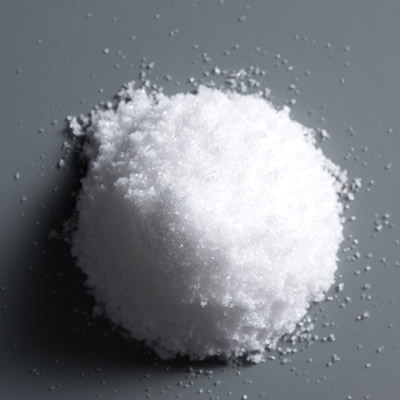
Artificial Sweeteners
What are Artificial Sweeteners?
Sugar substitutes recreate the effects of sugar in taste but usually have less food energy. The substitutes that are synthetically made are called artificial sweeteners.
Origin
Non-Nutritive Sweeteners:
- Saccharine was developed in the late 1870’s on accident by two chemists. Today, it is marketed as “Sweet’N Low.”
- Aspartame, marketed as Equal or Nutrisweet, was discovered the same way only in the 1960’s.
- Sucralose was discovered in London by a graduate student in the 1970’s working for a British sugar company. The FDA approved sucralose, or Splenda as it’s marketed, for sale in 1998. Its chemical makeup does NOT change when heated, and therefore it is an acceptable substitute for sugar in most cases.
Function
An important part of these substitutes are high-intensity sweeteners. This category contains many functional properties and benefits in food applications.
1) Can be used at just a fraction of a percent compared to sugar (sucrose). This means less is needed to mimic the taste of real granulated sugar.
2) They are non-caloric and therefore help people reduce their caloric intake which helps weight management.
3) Diabetes sufferers are able to enjoy the sweetness of sugar without the risk of raising blood glucose levels.
4) Artificial sweeteners do not contribute to bacteria growth in the mouth that leads to tooth decay.
Since artificial sweeteners are considered a food additive, the FDA has specific regulations regarding its usage.
Types/Variations
- Saccharine (300-500 times sweeter than sugar);
- Aspartame (200 times sweeter than sugar);
- Sucralose (600 times sweeter than sugar and is heat stable);
- Acesulfame potassium, or Ace-K (200 times sweeter than sugar and is heat stable)

